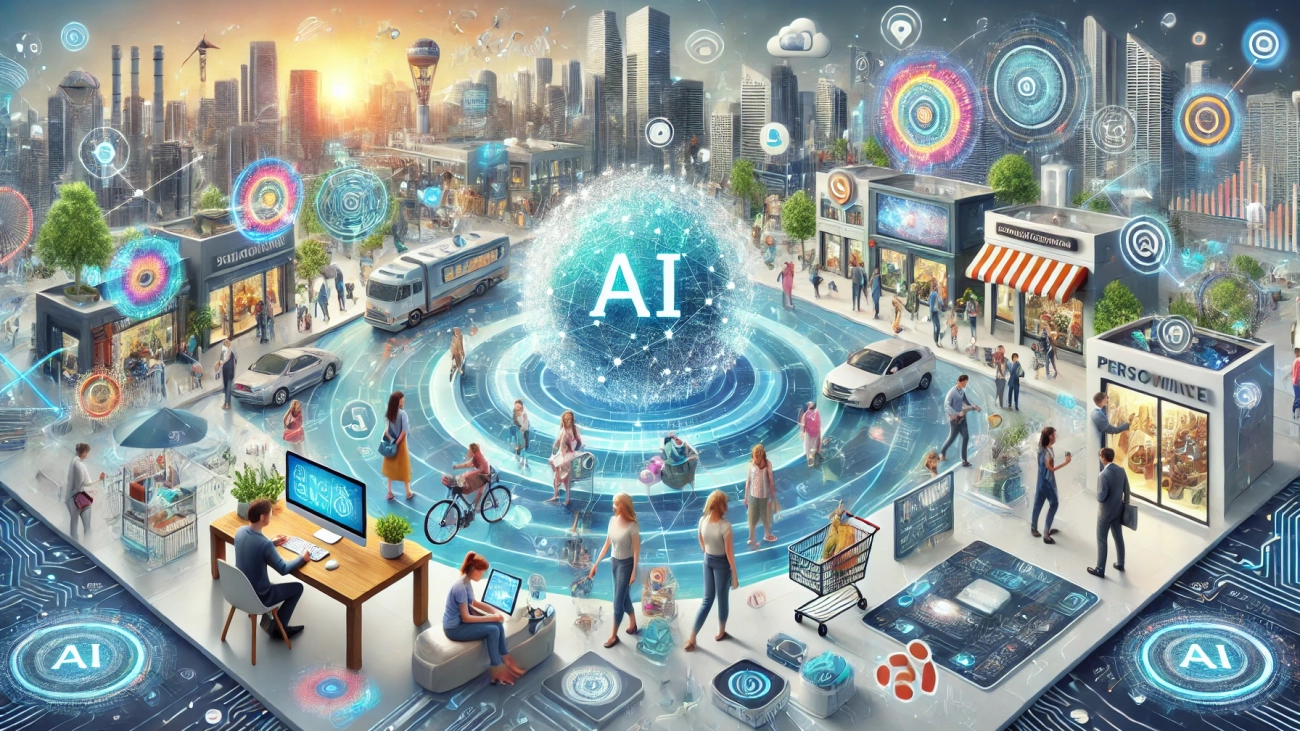The evolution of AI-powered personalization over the next five years is expected to bring about significant advancements that will reshape how brands engage with consumers. Here are the key areas where AI personalization is likely to evolve:
Key Areas of Evolution
1. Hyper-Personalization
AI will increasingly enable hyper-personalized marketing, moving beyond basic segmentation to deliver tailored experiences that cater to individual preferences. By analyzing vast datasets, including purchase history, browsing behavior, and social media interactions, AI can create highly specific content and recommendations that resonate with each customer on a personal level.[1][2]
2. Real-Time Adaptation
The ability of AI systems to adapt in real-time will enhance customer interactions. As AI continues to learn from user behavior, it will provide immediate adjustments to marketing strategies, ensuring that customers receive the most relevant messages and offers at the right time across various channels, such as websites, emails, and social media.[1][3]
3. Integration with Emerging Technologies
The integration of AI with technologies like Augmented Reality (AR) and Virtual Reality (VR) will create immersive and interactive marketing experiences. For example, AR can enable virtual try-ons, while VR can simulate product interactions, making the shopping experience more engaging and personalized.[1][4]
4. Conversational AI Enhancements
Advancements in conversational AI will lead to more nuanced and context-aware interactions through chatbots and virtual assistants. These tools will become increasingly sophisticated, capable of handling complex queries and providing personalized support, thereby improving customer service and engagement.[1][4]
5. Predictive Analytics for Anticipatory Personalization
AI will leverage predictive analytics to anticipate customer needs and preferences, allowing brands to proactively offer solutions before customers even realize they need them. This anticipatory approach will enhance customer satisfaction and drive loyalty by making interactions more intuitive.[2][4]
6. Ethical AI and Data Privacy
As concerns about data privacy grow, the focus will shift towards ethical AI practices. Brands will need to prioritize transparency, consent, and responsible data handling to build trust with consumers. This will involve reducing biases in AI algorithms and ensuring that personalization efforts respect user privacy.[2][4]
7. AI-Driven Visual Content Creation
The future will see an increase in AI-generated visual content tailored to individual user preferences. This includes personalized images, videos, and interactive elements that enhance the overall marketing experience, making it more engaging and relevant to each user.[4]
Conclusion
In summary, the next five years will witness a significant evolution in AI-powered personalization, characterized by hyper-personalization, real-time adaptability, and the integration of emerging technologies. As brands navigate this landscape, they will need to balance innovative marketing strategies with ethical considerations to foster trust and loyalty among consumers. The potential for AI to transform customer interactions is vast, promising a future where marketing is not only more personalized but also more meaningful.


